Haworthias don’t need too much care and attention, but you must provide the basic needs. An unhealthy Haworthia will easily fall apart. And today, we will explore the reasons behind Haworthia falling apart.
The primary cause of Haworthias falling apart is improper light and inadequate watering. In low light, the leaves first etiolate and then fall apart. Also, the leaves become weak due to dehydration or overwatering and lose their compactness. In both these cases, haworthia will lose its leaves.
Don’t panic if you are facing such issues with your Haworthia. We have covered this subject for you. This guide will help you know the probable reasons behind the problem and solutions.
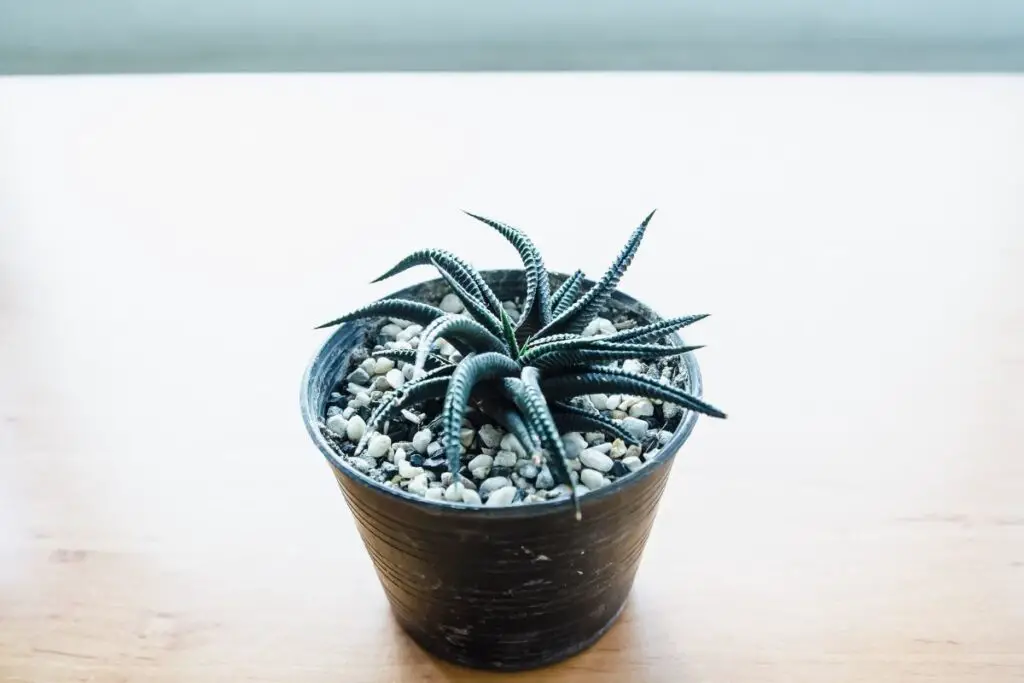
What causes Haworthia to fall apart?
It is easy to bring the plant back in its good health.
You only need to detect the right problem and treat it as required.
There might be many reasons behind Haworthia falling apart, but the usual ones you will experience are watering, light, temperature, and chemical burns.
So, observe your plant closely and cross-check with the reasons discussed below in detail.
Haworthia is getting insufficient light.
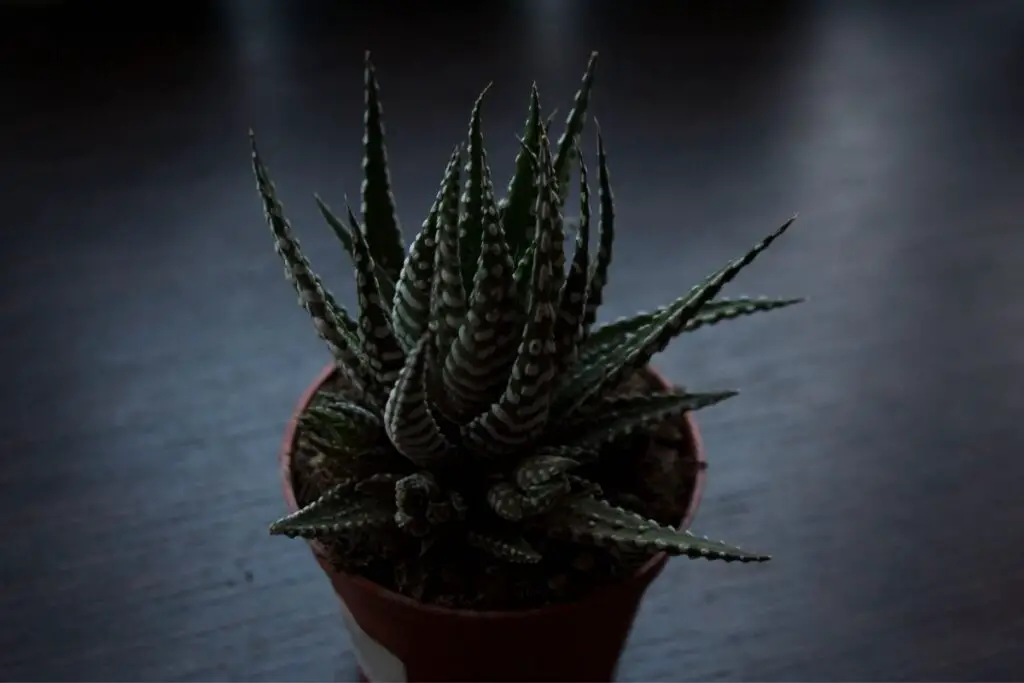
Haworthias thrive under bright indirect sunlight because the direct sun burns them.
For outdoor Haworthias, there are many options to provide them with adequate sunlight.
The most common ones are shading nets, placing sun-loving plants near them, and fixing shading cloths or nets.
The problem occurs if these arrangements block the sunlight instead of filtering.
The shading nets being too thick, placing lots of sun-loving plants near Haworthia, or planting the succulent too close to too many trees can block the sunlight from reaching the garden bed.
Haworthias will start etiolating, reaching a light source, and the soil will take more time to dry out.
These will trigger them to fall apart.
Symptoms of low light:
- Straggly leaves
- New leaves growing small
- Symptoms of excessive light
- Wilted leaves turning red or white
- Brown leaves due to sunburns
- Leaves ultimately fall apart
How to fix this?
There must be an adequate distance or number of trees which will only filter the light and not block them.
Make sure of this before planting.
Place only a small number of sun-loving plants so that the sunlight penetrates, gets filtered, and reaches the Haworthias.
The shading clothes or net must be transparent.
Use removable nets.
Open it to give Haworthia the direct morning sun that is very good for their health.
And, put on the shade when the sun gets intense.
Low light issues are less in the outdoors than indoors.
Indoors, the plant suffers the most.
You can put them near the north or east-facing window without any curtains.
If not, you can keep them a few feet back near the south or west-facing window with sheer curtains.
You can also use artificial lights.
White, cool-toned traditional fluorescent lights are ideal for Haworthias.
Also, ensure that they don’t get harsh sunlight.
That can make them burn and lose leaves.
Also read: How Much Light Does Haworthia Need? (Haworthia Light Requirements)
Looking for gardening supplies? We have tested 100's of products before recommending them to you guys. Check out our best pick below:
| Image | Gardening Supplies | Best Price? |
|---|---|---|
 Top
Top Top
Top | Raised Garden Bed Kit | Check On Amazon |
 | XLUX Soil Moisture Meter, Plant Water Monitor, Soil Hygrometer Sensor for Gardening, Farming, Indoor and Outdoor Plants, No Batteries Required | No Results |
 Top
Top Top
Top | 82 Pcs Garden Tools Set and Extra Succulent Tools Set | Check On Amazon |
 | Joeys Garden Expandable Garden Hose with 8 Function Hose Nozzle, Lightweight Anti-Kink Flexible Garden Hoses, Extra Strength Fabric with Double Latex Core, (50 FT, Black) | No Results |
 Top
Top Top
Top | Dual Chamber Compost Tumbler | Check On Amazon |
 Top
Top Top
Top | Sunnyglade Plant Stakes | Check On Amazon |
 Top
Top Top
Top | Organic Cold Pressed Neem Seed Oil | Check On Amazon |
 Top
Top Top
Top | Mighty Mint Gallon :-Insect and Pest Control Peppermint Oil | Check On Amazon |
 Top
Top Top
Top | Scotts DiseaseEx Lawn Fungicide | Check On Amazon |
 Top
Top Top
Top | Jacks Classic 20-20-20 All Purpose Fertilizer | Check On Amazon |
 Top
Top Top
Top | 30,000 Seeds Pollinator Attracting Wildflower Mixture | Check On Amazon |
 Top
Top Top
Top | Survival Vegetable Seeds Garden Kit-Over 16,000 Seeds | Check On Amazon |
Haworthia falling apart due to improper watering
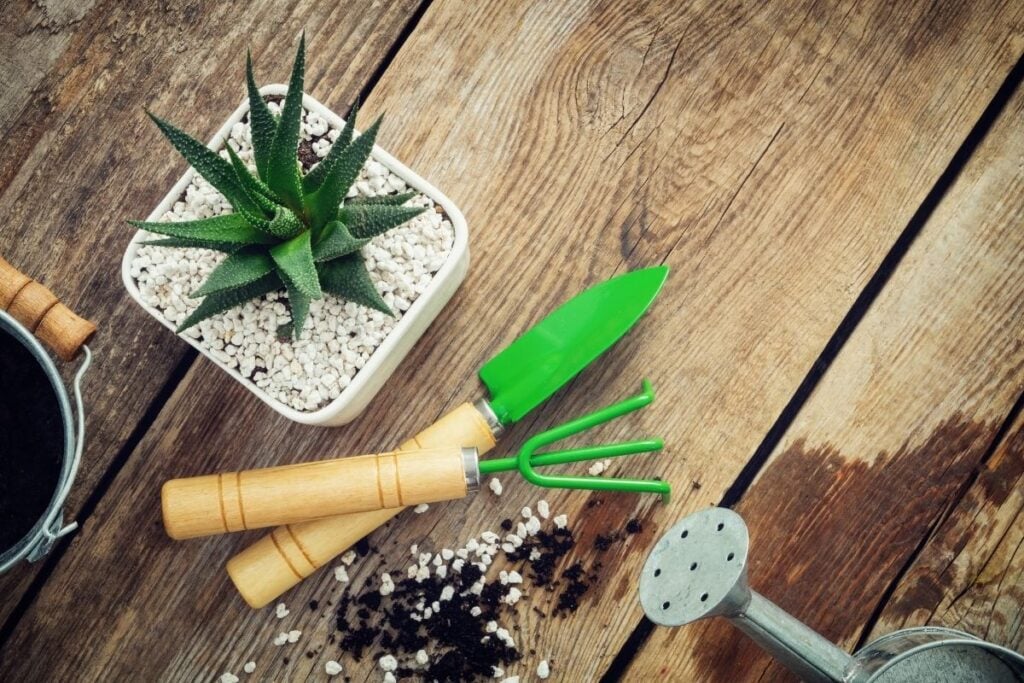
Haworthias can retain moisture in their leaves.
So, frequent watering is not necessary for them.
They stay dormant on the hottest days of the summers.
In winters, they absorb water very slowly because of the low evaporation.
Most people mistake here due to the lack of these pieces of information.
Haworthia requires watering once in 2-3 days.
If the weather is high, once in 1-2 weeks is enough.
During the cooler months, water them once in 2-3 weeks.
Water sparingly in the summers and winters only to stay hydrated.
Excessive watering causes overwatering; it interrupts their growth and development and makes them unhealthy.
Due to this, the leaves slowly lose their compactness and slowly fall apart.
A similar thing will happen if you don’t water them properly.
Many people don’t water them because they store water and can stay without it.
But, eventually, they will preserve the water only if you provide them.
Otherwise, they will turn brown, dry, and crispy and eventually fall apart.
Symptoms of overwatering:
- Soft and mushy leaves
- Yellow or brown leaves
- Falling off if touched
Signs of underwatering:
- Shriveling and curling leaves
- Dry and crispy leaves
- Leaves will fall apart due to dryness
How to solve the problem?
You must water them at least once in 2-3 weeks and allow the top 2-3 inches of the soil to dry out before watering.
It will save them from both overwatering and underwatering.
If you are a beginner, check the soil’s moisture level to understand Haworthia’s watering needs instead of following any routine.
Once you get familiar with their watering needs, you will know the time gap to maintain between each watering.
Also read: How Often To Water Haworthia? (Haworthia Water Requirements)
Poor drainage makes Haworthia fall apart.
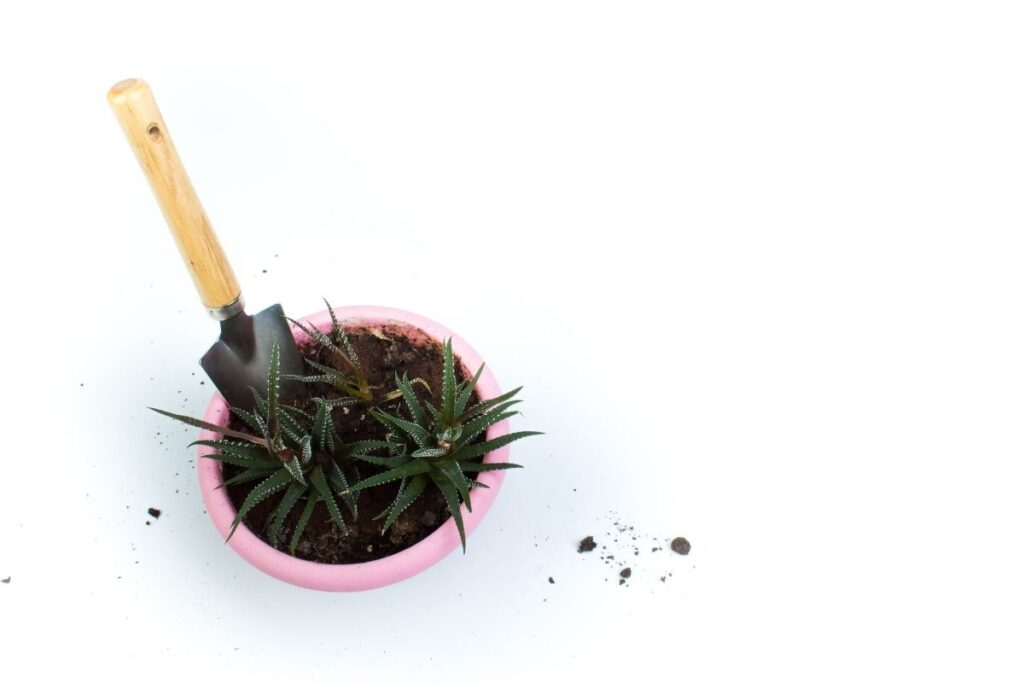
Poor drainage both in the soil and container makes Haworthias fall apart.
It retains moisture in the soil for a long time, due to which the roots fail to dry out.
Even with proper watering, you can’t stop the plant from suffering prolonged dampness.
The main culprits are the soil that doesn’t dry out quickly and a container without drainage holes.
If your soil contains material like peat, it tends to hold moisture and even create clogs at various places.
Due to these poor drainages in the soil and container, the water stays still in the container, causing overwatering and rotting.
Slowly, the leaves will stretch wide and fall apart.
The signs are the same as overwatering.
How to fix the problem?
Use well-drained soil.
Avoid peat moss in your soil mix.
To improve drainage, use poultry grit, aquarium gravel, coarse sand, perlite, or pumice.
To use suitable soil from the beginning, you can try the following recommendations:
Recipe 1
Recipe 2
Equal parts of:
- 60% Coarse sand
- 40% Potting soil.
Recipe 3
- 50% gravel of appropriate size
- 50% of soil, coarse sand, and organic fertilizer
Recipe 4
- 80% pumice
- 20% coir, 1-3 mm approx.
Recipe 5
- 40% parts potting soil
- 40% parts small gravel
- 20% part perlite or pumice
For containers, if you don’t want to make any extra efforts, simply use a commercial cactus potting mix.
Sometimes, the particle size or the drainage hole in the pots can also create issues.
The particle size should be a minimum of 4 mm.
A drainage hole should be big enough so that water can easily pass through and no particle blocks them.
Take care of this.
Also read: What Soil To Use For Haworthia? (+Ideal Soil Mix)
Irregularity in the temperature
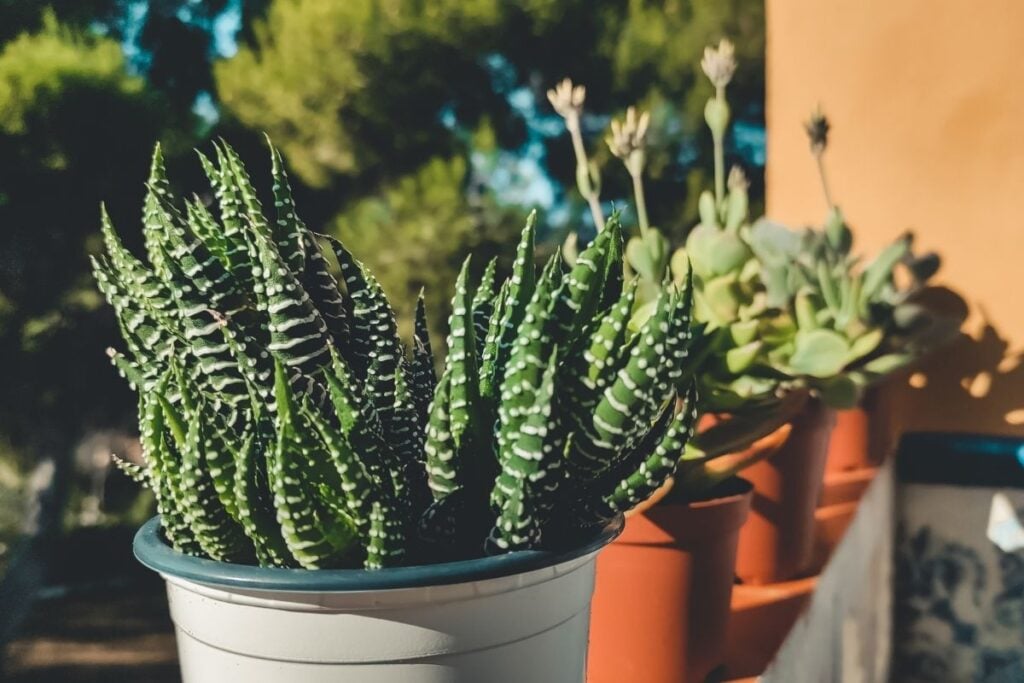
Haworthias have always grown in warm and dry temperatures in their native land.
When the leaves fall apart, they respond to the extended heat period.
Though it is considered normal, you won’t be enjoying its sight. It looks very frustrating.
But once they get accustomed to the weather conditions around, you will love their look.
Similarly, Haworthias will also lose leaves when they suffer frost damage.
Frosty weather is not something this tender succulent enjoys.
They will also have black leaves due to the bursting of their plant cells due to frost.
How to fix it?
You can prevent Haworthias from falling apart by not exposing them to direct light for too long during high temperatures.
Let them have partial shade.
Water them to keep the plant’s roots cool and hydrated.
It keeps them away from heated temperature to some extent.
Protect them from frosty weather as well.
If your area receives a temperature below 30°F in the winters, you must grow them in containers so you can take them indoors when the temperature starts dropping too low.
Keep them a few feet away from an open window for indoor plants.
Also, keep them away from air conditioners, heaters, radiators, kitchen, bathroom, aquarium, and fireplaces.
Don’t worry because, within a few weeks, Haworthias will grow back new leaves.
Also read: Haworthia Temperature Tolerance: High And Low-Temperature Guide
Chemical shock and overfertilization
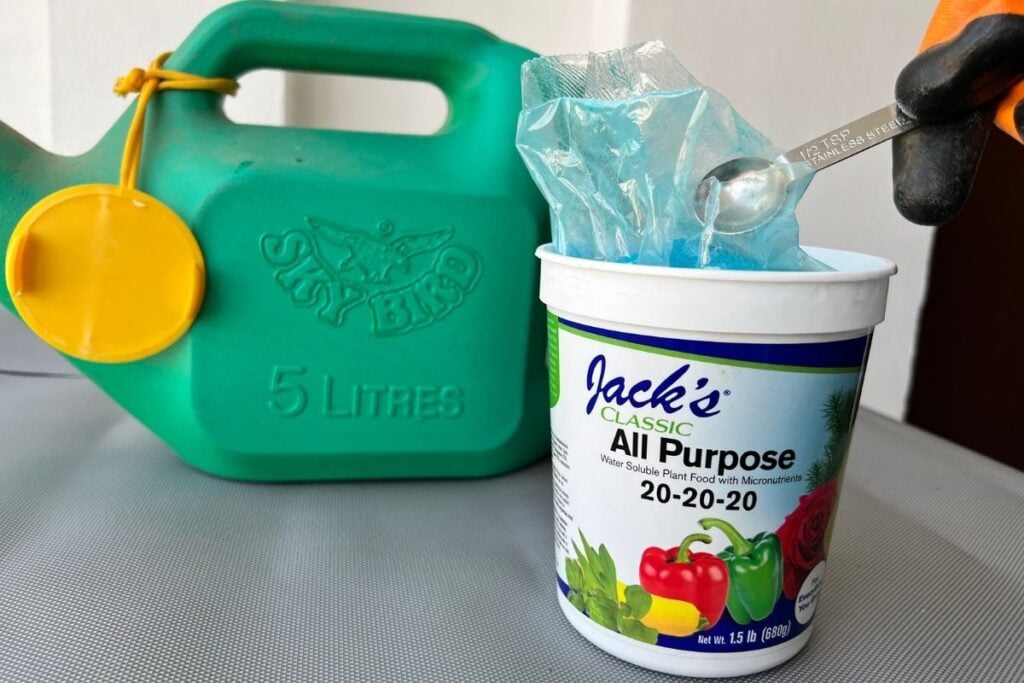
This shock occurs when you treat Haworthias with chemical pesticides or insecticides during fungal infections or diseases.
You might have reacted in a hurry and used them wrongly, without reading the instructions.
Using too much in quantity or frequency can lead them to chemical burns.
It can also happen due to overfertilization.
Most of us use chemical ones instead of organics due to lack of time.
If you are unfamiliar with the right use, you might make a mistake and overfertilize Haworthias.
Since Haworthias are not heavy-feeders, they will start reacting within a week.
Symptoms:
- Brittle leaves
- Small leaves and stems
- Falling apart due to excessive chemical and salt burns.
- White crystals accumulated over the soil surface.
How to fix the problem?
You need to flush off the soil to remove extra fertilizers from the soil.
Water the soil very well until water drains out of the drainage hole.
For ground plants, water very well.
Soak the soil completely and don’t fertilize for some weeks.
Make sure that the soil stays dry when you think of flushing it.
Do it 1-2 times.
Don’t apply fertilizer in dry soil.
Always moisten the soil before fertilizing.
It dilutes the chemical fertilizer and reduces the risk of burns.
Don’t feed your Haworthias in summers or winters.
Feed them only once during the spring and fall.
Use chemical pesticides and insecticides very carefully.
Read the instructions thoroughly.
Before jumping to the chemical ones, try the organic ones.
Also read: How To Fertilize Haworthia? (Best Fertilizer+When To Use)
Reduction of energy
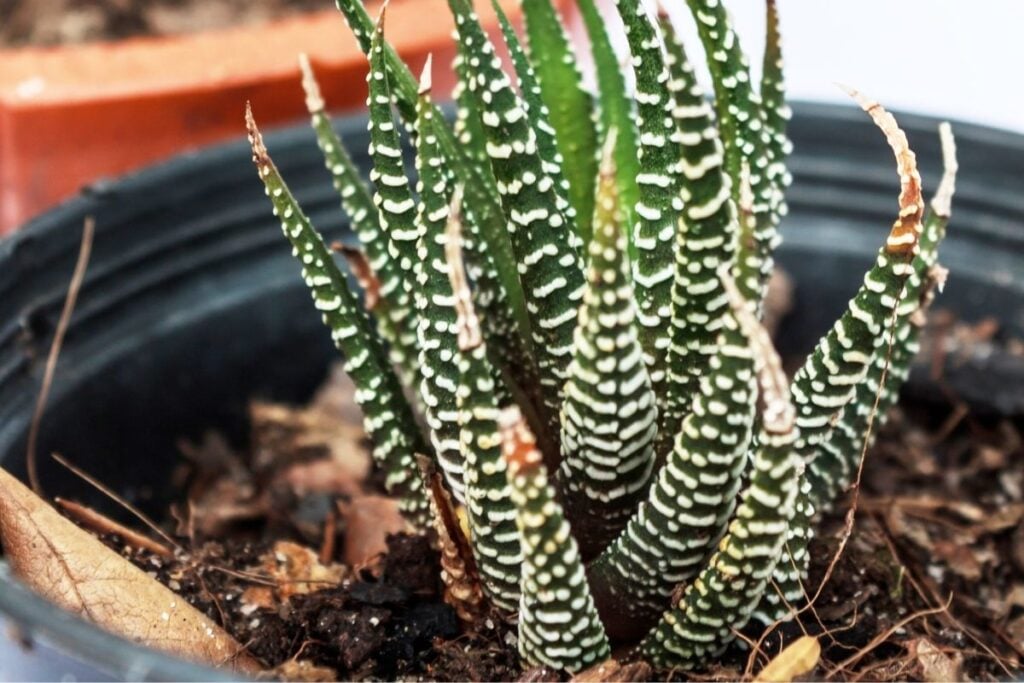
Some people panic when they see Haworthias falling apart, especially novice gardeners.
They panic more because they do everything right, but they fall off.
But, know this: Haworthias will fall apart naturally, especially the bottom leaves.
They have turned old and don’t have any purpose for living.
That is why they automatically fall apart.
But don’t worry as new leaves will be replacing them. There is nothing to stress about here.
Signs:
- Leaves falling off or falling apart
- Leaves turning brown and crispy
What should I do?
There is nothing to do here.
When the plant grows, they consume all the energy from the leaves before losing them.
You can either let them fall on their own or remove them if you don’t enjoy the look.
Crown and root rot
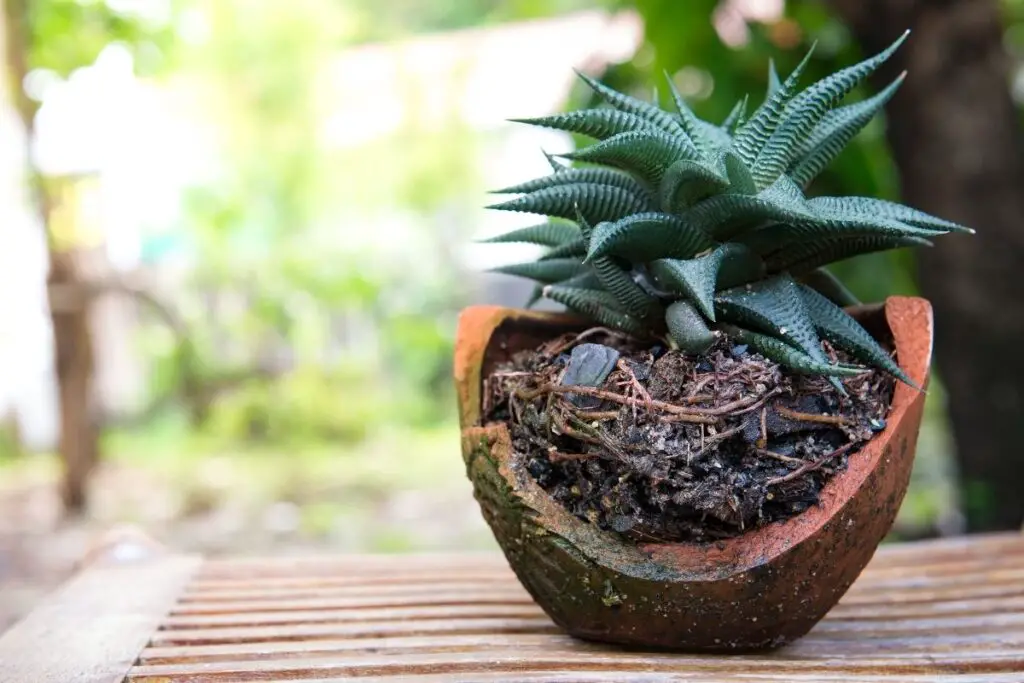
Root rot and crown rot can also tend to make your Haworthias fall apart.
These are kinds of fungal diseases caused due to overwatering.
Though you can revive the plant from root rot, crown rot is critical.
The crown is the place from where both the roots and leaves emerge.
Treating crown rot is very tough, and sometimes revival becomes impossible.
For saving the plant from root rot:
- Take the plant out from the soil or container.
- Remove the dirt from the roots with a brush and not with water.
- Cut off the dead roots. Don’t worry, as new roots will grow.
- Plant the Haworthias back to the soil for ground plants but in a different location. Improve the drainage of that location by adding coarse sand, gravel, perlite, or pumice.
- For potted plants, take a new pot and new soil mix. Use those I recommended for good results. Fill half of it with soil, position the plant in the middle and fill the surrounding with the remaining soil. Water slightly to keep the soil moist.
- Don’t expose them to direct sunlight. Avoid fertilizing for 6 weeks.
Haworthia got physically disturbed.
Haworthia might fall apart if they got physically hustled or jolted accidentally.
Maybe some strong winds have hurt them, which is quite common in India’s summer and rainy seasons.
It may lead them to fall their leaves.
What to do?
You can do the same things as I mentioned in the “Sunlight” point.
Planting them near tall trees or with sun-loving plants can decrease the intensity of the wind to some extent.
For indoor plants, shift the plant some feet back from the windows.
For physical damage, you can create a fence around your garden bed so that no one can enter the bed and hurt them.
Keep the indoor Haworthias out of the children’s and pets’ reach.
Keep at such a place where they don’t get disturbed.
Also read: How To Repot Haworthia? (Ideal Timing+Step-by-Step Guide)
Will the fallen leaves get replaced with new leaf growth?
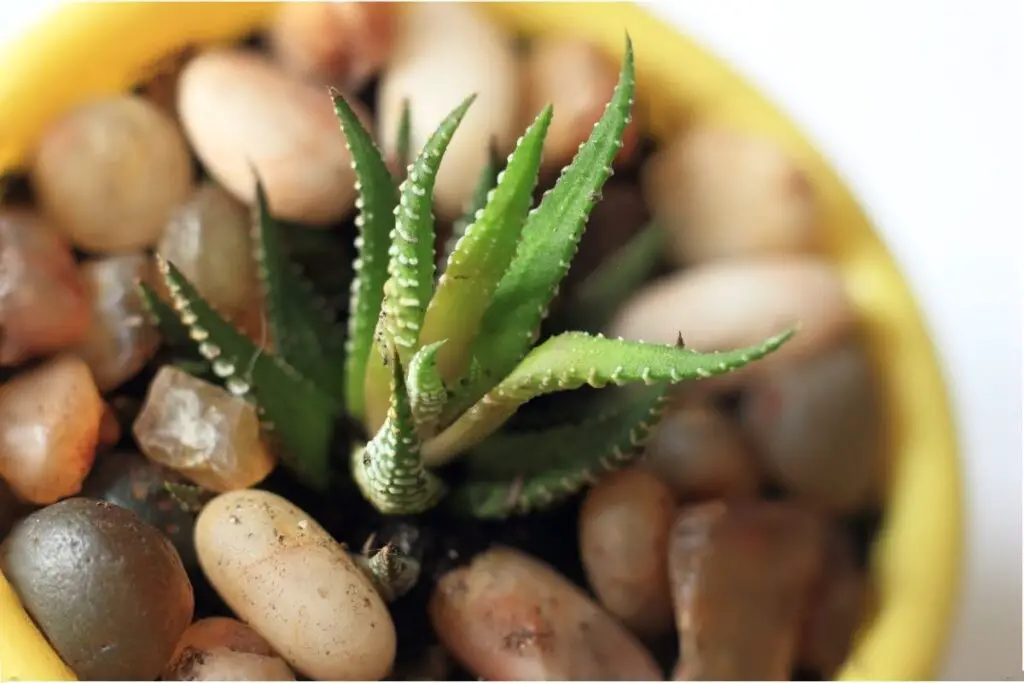
Unfortunately, the fallen leaves won’t get replaced by new leaves from the same place.
But, they might grow new leaves from other places.
Most leaves grow from the head, and Haworthias have only one place from where the leaves grow.
If there is no other space left to grow new leaves, the space will get filled with offsets or another head from where leaves will grow.
As a result, this emptiness will go unnoticed when filled with offsets or heads.
The plant will look full over time.
If a leaf gets knocked off mistakenly, it doesn’t end the plant’s life.
It also doesn’t end the life of the fallen leaf.
If the leaf is healthy, you can use that leaf for propagation.
Final words
Haworthia falling apart could happen due to one reason or multiple reasons. For example, overwatering can be caused due to too much water and also due to poor drainage.
Watching the plant falling apart is not something a plant-lover will enjoy. If your eyes ever catch such a thing, observe your Haworthia closely, try to detect the exact cause behind the problem, and treat it soon.
Taking immediate action can bring the plant back in good health and encourage it to grow back new leaves again.
Reference: The Haworthia Society, Botanical Studies, University of Wisconsin-Madison, Sciencedirect, Researchgate, Haworthia Study.
